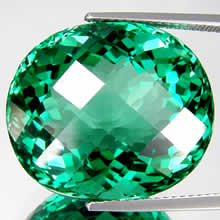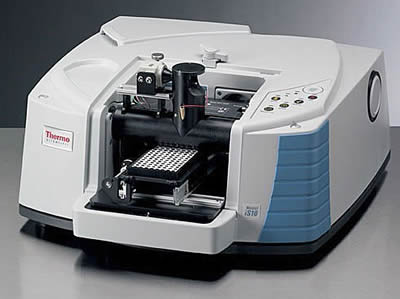Detecting Synthetic Quartz
Introduction to Synthetic Quartz Detection
Identifying synthetic quartz is a critical task for gemologists, jewelers, and collectors. Whether it’s amethyst, citrine, or ametrine, ensuring the quartz we sell is natural is a top priority. Our customers rely on us for accurate gem descriptions, and we’re committed to earning that trust. To learn more about the properties of quartz, check out our comprehensive quartz guide. Let’s dive into why this matters and how we tackle it!
Visual Identification Challenges
Spotting synthetic quartz can be tricky. You might come across synthetic amethyst or citrine in unusually large sizes with flawless clarity, often at prices that seem too good to be true. Natural quartz, on the other hand, typically shows color zoning - variations in hue that synthetic versions lack. Synthetic ametrine might even flaunt vivid colors or unnatural hues like blue or green, which you won’t find in nature.
But not all synthetic quartz is so obvious. Some pieces look nearly identical to natural quartz, which makes sense since it’s chemically the same - just grown in a lab. For a deeper dive into how synthetic quartz is made, visit our synthetic quartz overview. Even top gem labs sometimes struggle, occasionally issuing an “undetermined” verdict when they can’t confirm a sample’s origin.

Advanced Testing Methods
The best gem labs combine traditional and cutting-edge techniques to identify synthetic quartz. Traditional analysis looks for “breadcrumb” inclusions from the seed crystal used in synthetic quartz growth, color zoning unique to natural quartz, and “Brazil twinning,” a hallmark of natural crystals. Meanwhile, advanced tools like infrared spectroscopy map how quartz absorbs infrared light, revealing distinct patterns for synthetic versus natural samples.

No single test is foolproof, but combining multiple methods usually gives a clear answer. This process can be time-consuming and costly, but it’s worth it to ensure every type of quartz we sell is thoroughly vetted.
Frequently Asked Questions
What is synthetic quartz?
Synthetic quartz is real quartz grown in a laboratory rather than formed naturally in the Earth. It has the same chemical composition but is created using controlled processes.
How can I tell if quartz is synthetic?
Identifying synthetic quartz often requires gemological testing, including visual inspection for inclusions or color zoning and advanced methods like infrared spectroscopy.
Why is detecting synthetic quartz important?
Ensuring quartz is natural maintains its value and authenticity, which is crucial for collectors, jewelers, and customers who expect accurate gem descriptions.

